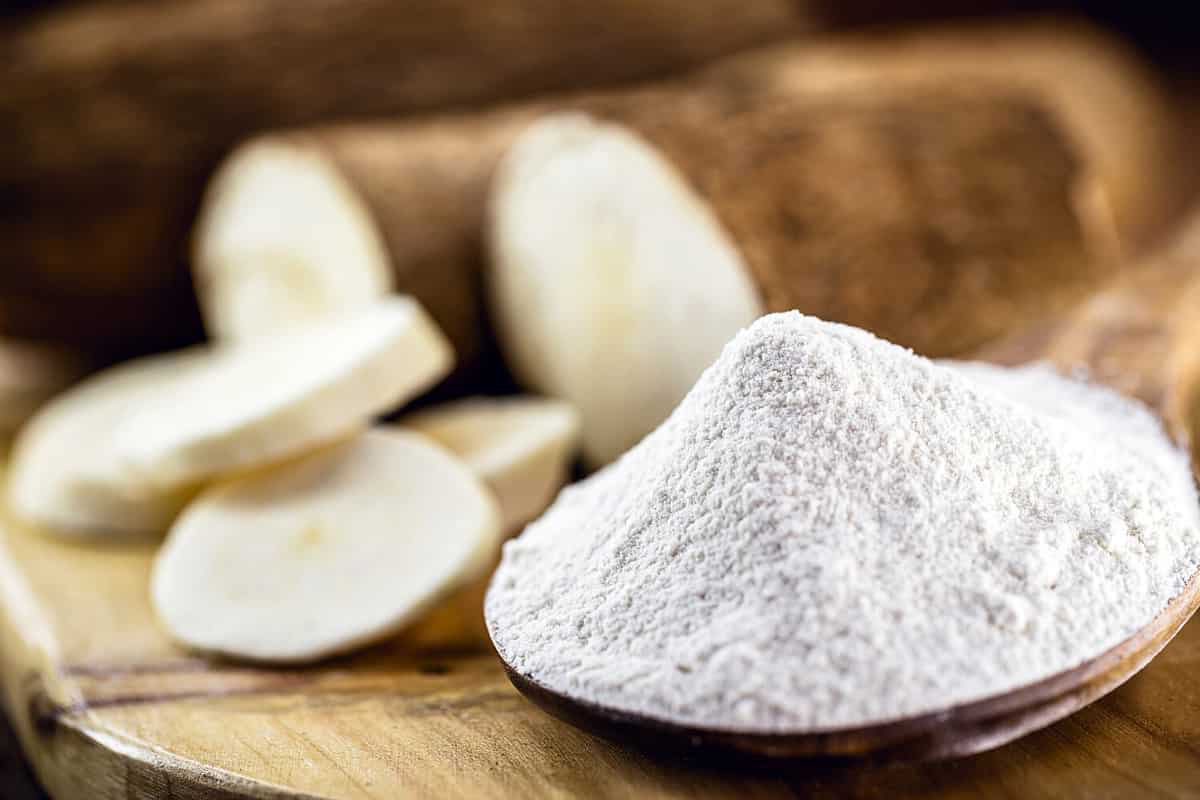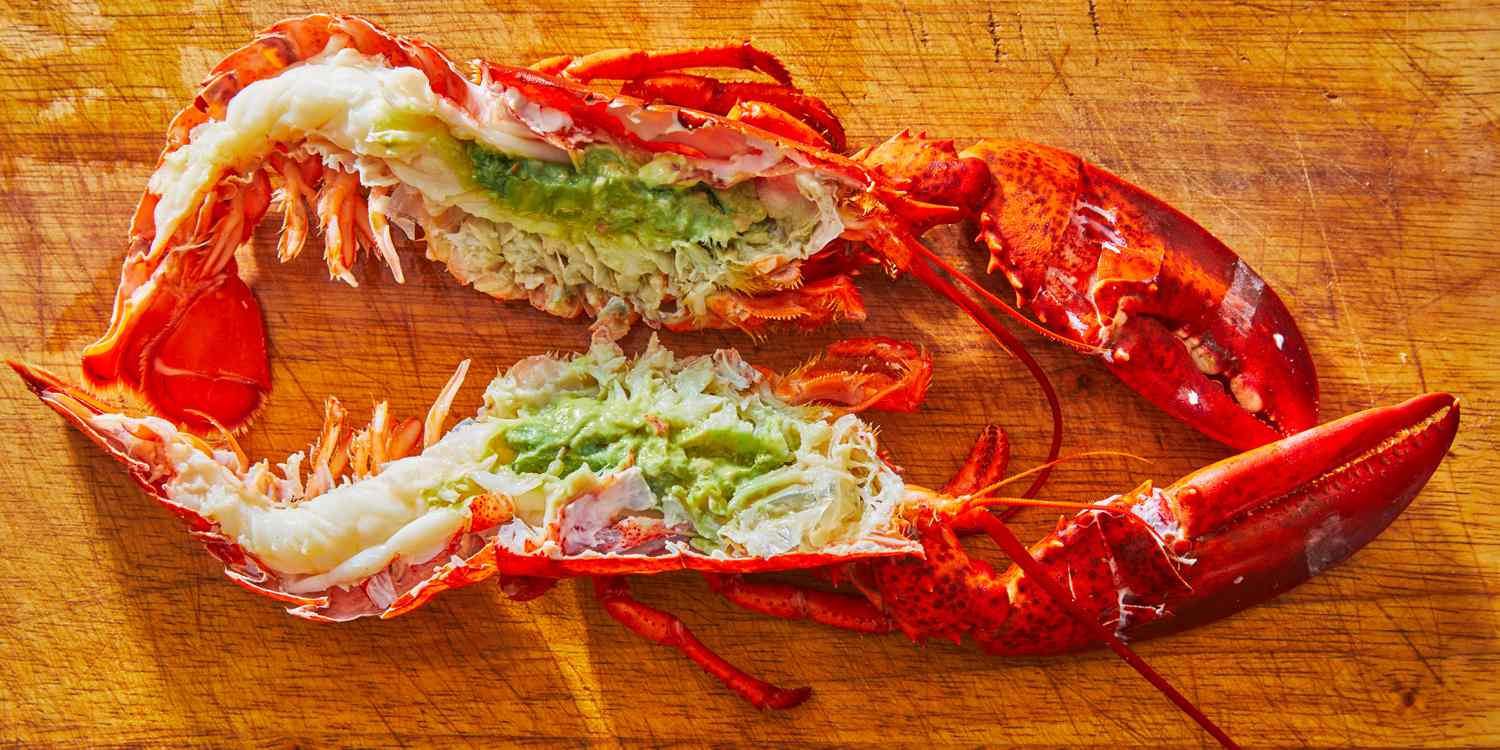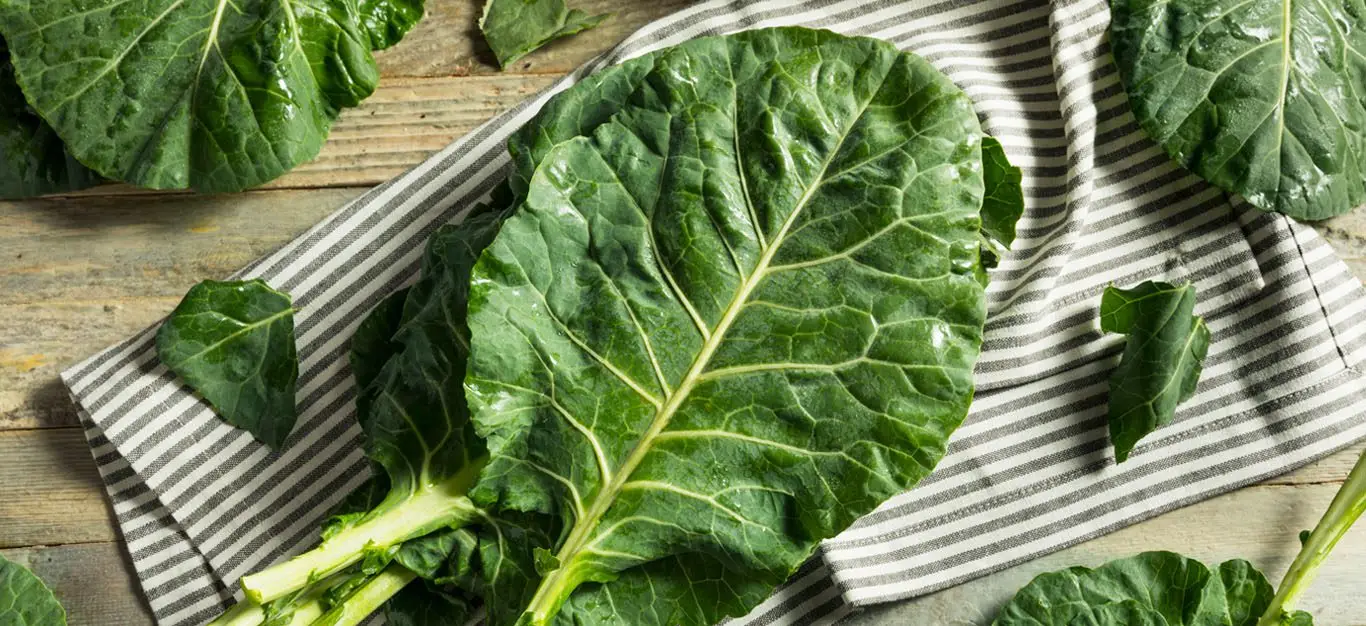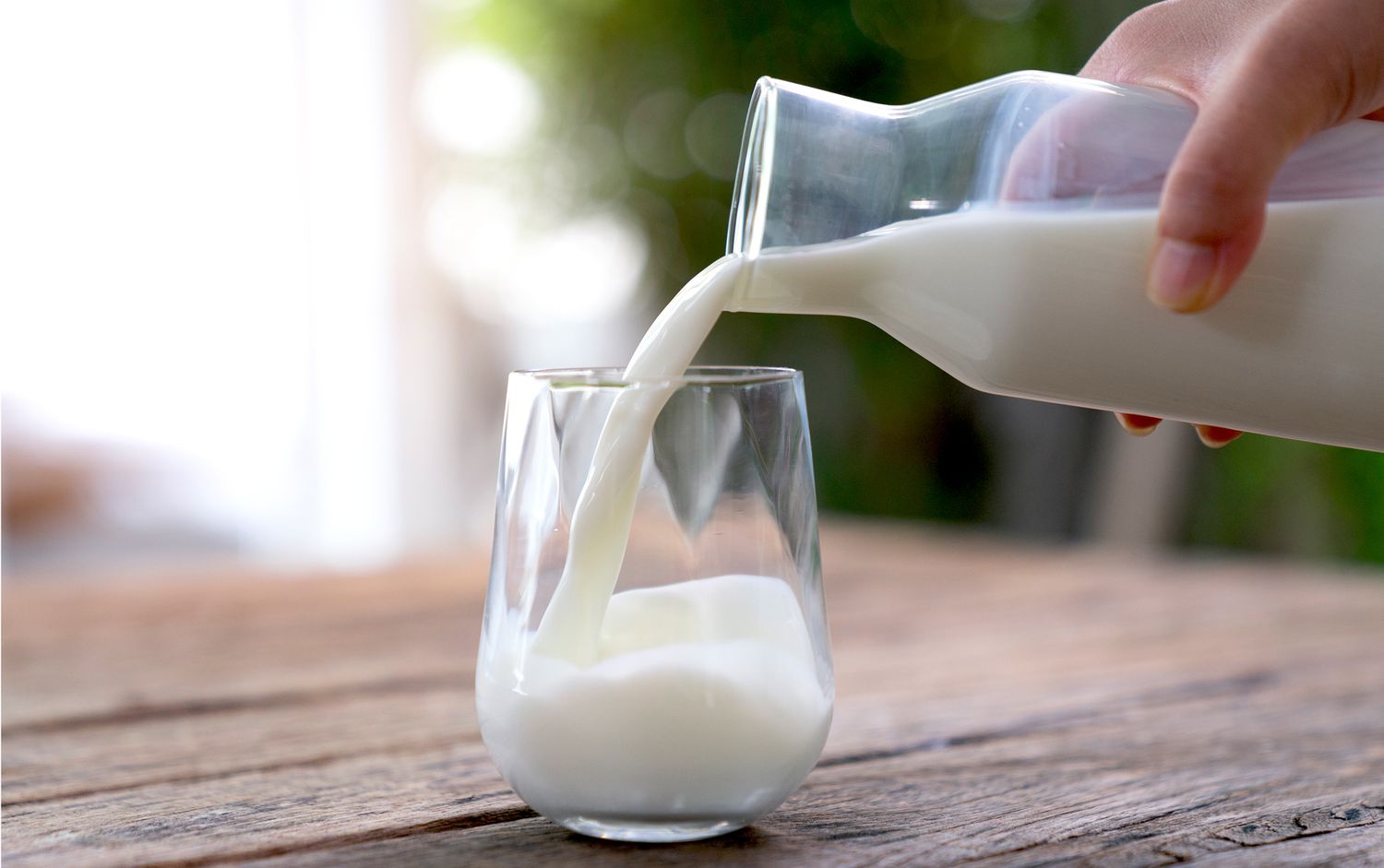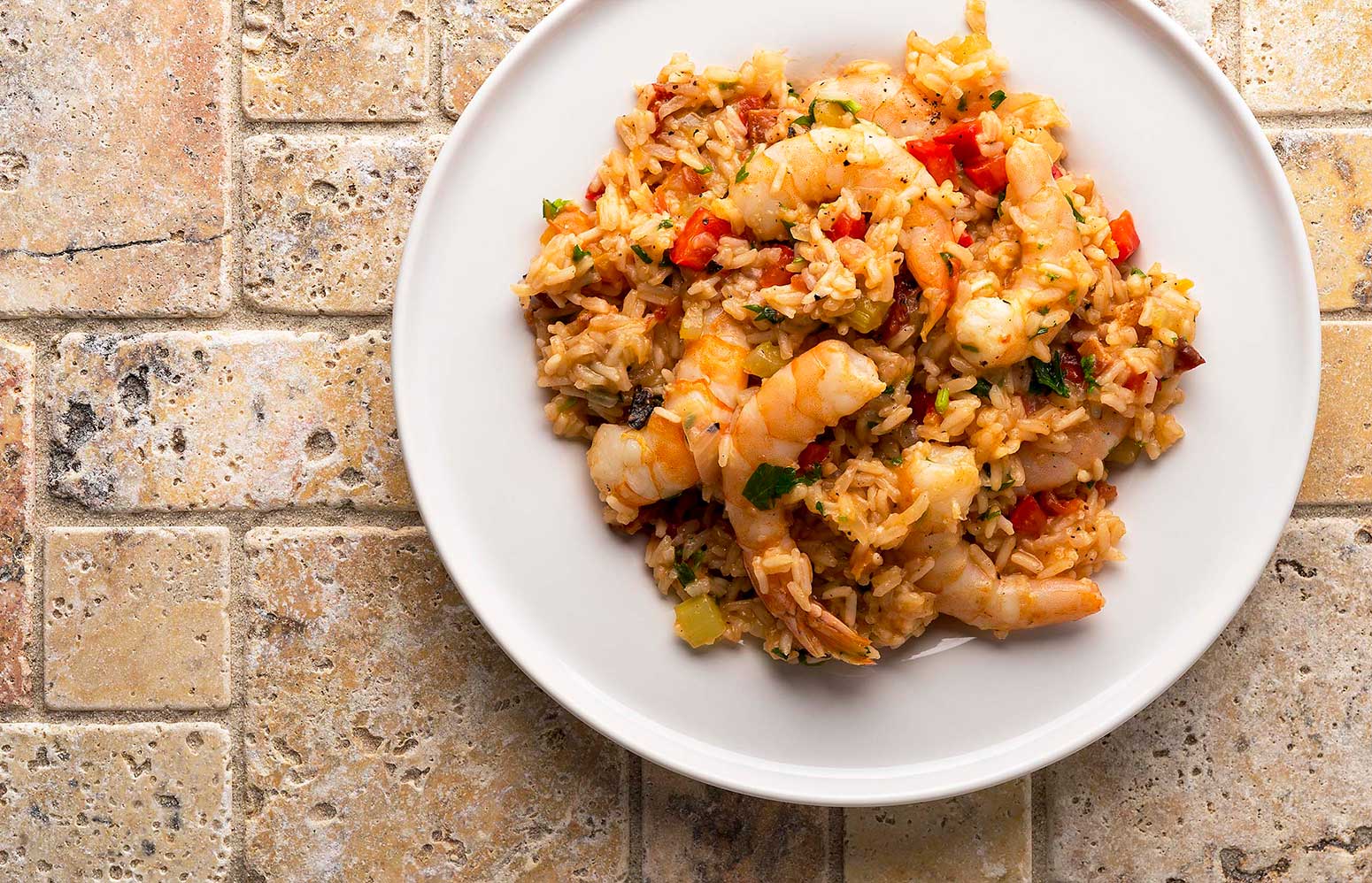When it comes to delicious and nutritious seafood, ahi is a popular choice for many food enthusiasts. This flavorful fish is known for its rich taste and versatility in various culinary dishes. If you're curious about what ahi food is and how it can be enjoyed, you've come to the right place. In this article, we'll explore the world of ahi food and provide insights into its culinary uses and nutritional benefits.
What is Ahi Food?
Ahi, also known as yellowfin tuna, is a species of fish found in tropical and subtropical waters around the world. It is highly prized for its firm texture and distinct flavor, making it a sought-after ingredient in many cuisines. Ahi is often enjoyed in its raw form as sashimi or sushi, but it can also be cooked in a variety of ways, including grilling, searing, or baking.
Culinary Uses of Ahi
Ahi food can be prepared and enjoyed in numerous ways, making it a versatile option for home cooks and professional chefs alike. Here are some popular culinary uses of ahi:
-
Sashimi and Sushi: Ahi is commonly served as sashimi, thinly sliced raw fish, or as a key ingredient in sushi rolls, where its rich flavor and firm texture shine.
-
Grilled Ahi: Grilling ahi brings out its natural flavors and creates a delicious smoky taste. It can be seasoned with herbs and spices or marinated before grilling for added depth of flavor.
-
Seared Ahi: Ahi is often seared quickly on high heat, leaving the center rare or medium-rare. This method preserves the fish's delicate texture and enhances its natural taste.
-
Ahi Poke: A popular Hawaiian dish, ahi poke features bite-sized pieces of raw ahi marinated in a savory sauce, often served over rice or salad.
-
Ahi Tacos: Ahi can be used as a filling for tacos, adding a unique twist to this beloved dish.
Nutritional Benefits of Ahi
In addition to its delicious taste and culinary versatility, ahi food offers a range of nutritional benefits. Ahi is a rich source of lean protein, making it an excellent choice for individuals looking to maintain a balanced diet. It also contains omega-3 fatty acids, which are known for their heart-healthy properties. Furthermore, ahi is a good source of essential nutrients such as vitamin D, vitamin B12, and selenium, all of which play important roles in maintaining overall health.
How to Select and Store Ahi
When purchasing ahi, look for fresh, firm fillets with a vibrant color and a mild ocean scent. If buying frozen ahi, ensure that it is properly sealed and free from any signs of freezer burn. Once you've brought ahi home, store it in the refrigerator and use it within a day or two for the best quality and flavor.
Enjoying Ahi Food
Whether you're a seafood enthusiast or someone looking to expand your culinary horizons, ahi food offers a delightful and nutritious dining experience. From elegant sashimi platters to casual grilled ahi sandwiches, there are countless ways to savor the unique flavors of this beloved fish. So, the next time you're at the market, consider picking up some fresh ahi and embark on a culinary adventure that celebrates the wonders of this remarkable seafood.
